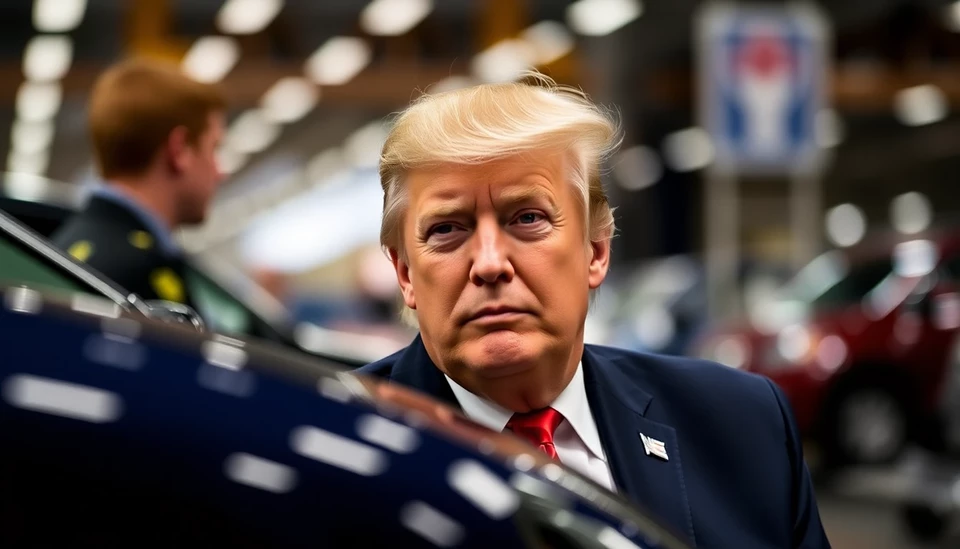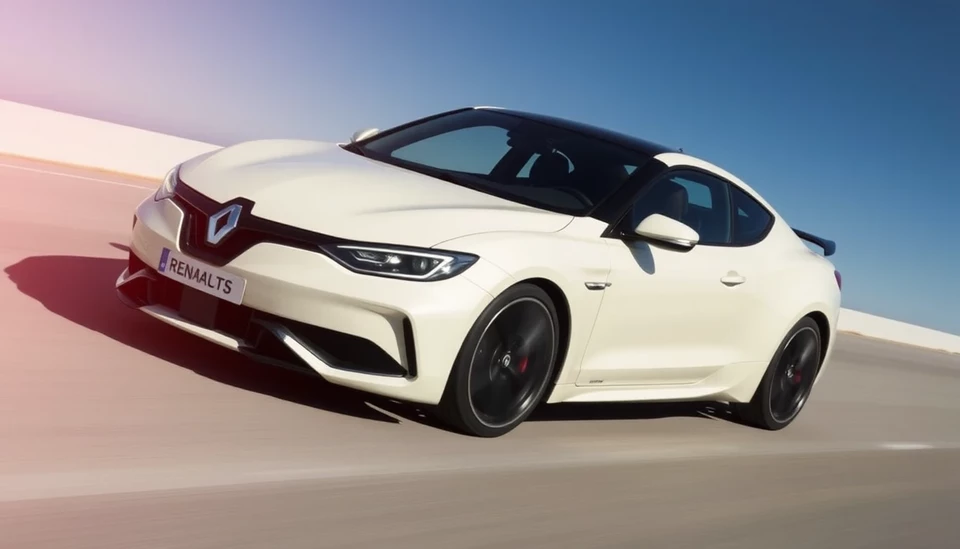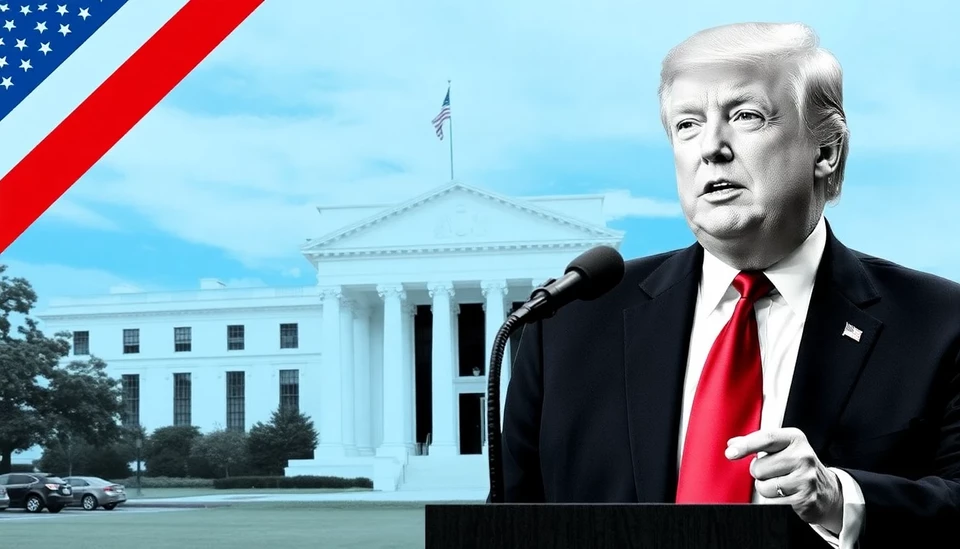
In a bold move that could signal a new chapter in US-EU trade relations, former President Donald Trump has presented a list of European imports that may be subject to tariffs if he returns to the Oval Office in the upcoming 2024 elections. This list, which includes cars and various machinery, has raised alarms among industry leaders and policymakers in Europe who fear potential retaliation that could spiral into a trade war.
During his tenure, Trump was known for his aggressive trade policies and a penchant for targeting what he considered unfair trade practices. His previous administration featured tariffs on steel and aluminum and resulted in significant tension with European partners. Now, the former President’s reemergence in the political arena is rekindling fears of similar tactics. Economic experts warn that a return to these measures could damage bilateral trade, which has historically benefited both the U.S. and EU economies.
According to sources close to Trump, the suggested tariffs aim to protect American jobs and industries from what he describes as unfair competition from Europe. The focus appears to be on automobiles, machinery, and various technological goods. Trump believes these sectors could benefit significantly from protective tariffs to reduce imports, encouraging domestic manufacturing and investment. This strategy aligns with his “America First” agenda, which seeks to prioritize U.S. economic interests over international trade agreements.
Industry groups have expressed their concerns, emphasizing that such tariffs might lead to higher prices for consumers, disruptions in supply chains, and a reduction in the competitiveness of American goods abroad. Analysts fear that if Trump's proposals come to fruition, it might prompt the EU to retaliate, potentially sparking a full-blown trade dispute reminiscent of the tensions seen in his presidency.
The EU has historically responded to similar threats with its own counter-tariffs, aimed at safeguarding its own industries. With the current economic landscape still recovering from the aftermath of the pandemic, an escalation in tariff disputes could have serious ramifications on both sides of the Atlantic. European leaders are closely monitoring the situation, prepared to react to any overtures from the U.S. regarding trade policy.
As the 2024 election approaches, Trump’s positioning on these issues could resonate strongly with his base, as it taps into a long-standing sentiment of protecting American production. The upcoming months will be pivotal in determining how these trade dynamics evolve. Economists warn that clarity on trade policies is essential for global markets, which thrive on stability and predictability.
While Trump’s strategy may garner support among those who prioritize domestic jobs, it is also likely to draw criticism from a significant portion of the business community that relies heavily on international trade. The delicate balance between protecting American interests and maintaining fruitful international relationships remains a challenging tightrope walk for any administration.
As the dialogue continues, stakeholders from both sides will need to determine whether they can negotiate a pathway forward that avoids the pitfalls of an all-out trade war. With the clock ticking down towards the elections, this discussion will remain at forefront of the US political landscape.
In conclusion, Trump's hints at a potential tariff list not only reflect his aggressive trade stance but also signal a pivotal moment for U.S.-EU relations. The global economic community will be watching closely to see how candidates position themselves on trade as the elections approach.
#Trump #Tariffs #TradeWar #EUEconomy #USPolitics #2024Elections #Economics #InternationalTrade
Author: Rachel Greene




